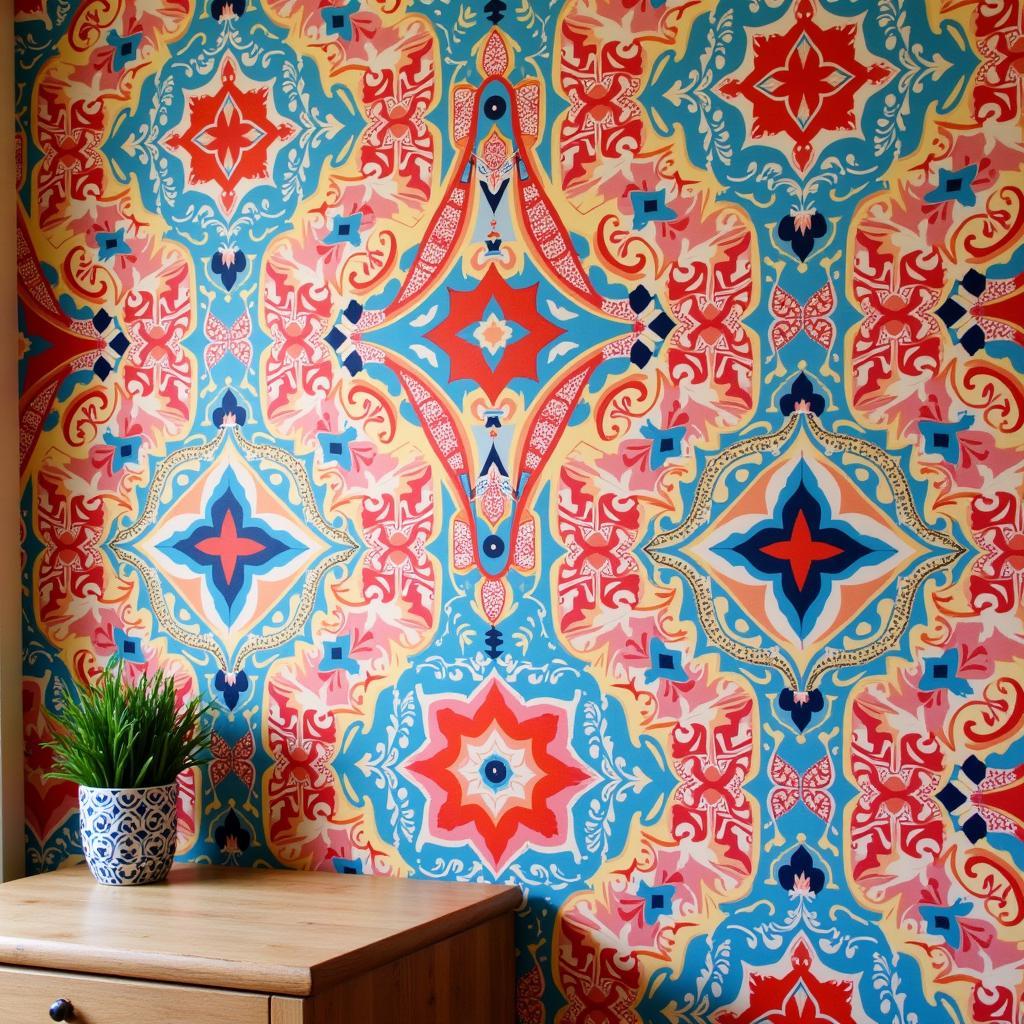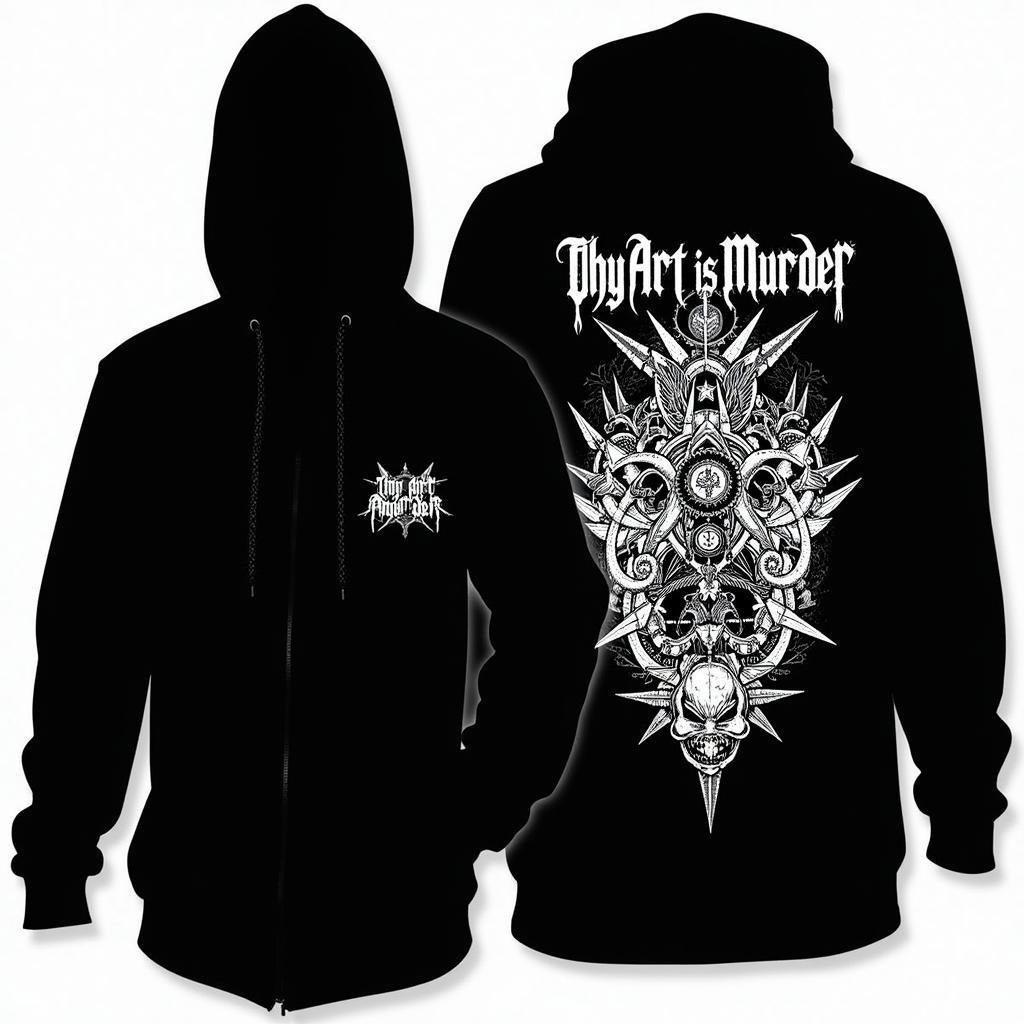Art History Paper Topics: A World of Inspiration at Your Fingertips
Choosing Art History Paper Topics can feel like stepping into a vast museum, brimming with masterpieces yet daunting in its sheer scale. Whether you’re fascinated by ancient Egyptian hieroglyphics, captivated by Renaissance portraiture, or drawn to the vibrant chaos of Abstract Expressionism, art history offers a boundless well of intriguing subjects to explore. This guide serves as your map, helping you navigate the expansive world of art history and discover the perfect topic to ignite your passion.
Unveiling the Past: Finding Your Niche in Art History
The beauty of art history lies in its ability to transport us through time, illuminating the beliefs, values, and stories of cultures past and present. But with such a vast landscape to explore, how do you pinpoint a topic that resonates with your own interests and academic goals?
Key Considerations for Choosing Art History Paper Topics
- Personal Interests: What styles, movements, or time periods in art history genuinely excite you? Passion for a topic will fuel your research and lead to a more engaging and insightful paper. Do you find yourself gravitating towards romantic couple wall art or are you more interested in the social commentary found in certain art movements?
- Scope and Depth: Consider the length and scope of your assignment. A shorter paper might focus on a specific artwork, artist, or theme, while a longer research paper allows for a broader examination of a particular movement or period.
- Available Resources: Ensure your chosen topic has ample scholarly resources available. Explore library catalogs, online databases, and museum websites to gauge the depth of existing research.
Diving Deep: Exploring Different Types of Art History Paper Topics
1. Comparative Analysis: Unveiling Connections and Contrasts
Comparative analysis allows you to draw fascinating parallels and distinctions between different artworks, artists, or movements. For example, you could explore:
- The use of light and shadow in Caravaggio’s Baroque paintings compared to Rembrandt’s works.
- The depiction of the female form in Renaissance and Impressionist art.
- The influence of African art on Picasso’s Cubism.
2. Contextual Analysis: Unpacking the Social and Cultural Landscape
Art exists within a historical, social, and cultural context that shapes its meaning and significance. Contextual analysis encourages you to:
- Explore the impact of the French Revolution on the rise of Romanticism.
- Examine how feminist ideals influenced the Guerrilla Girls art collective in the 1980s.
- Analyze how the Harlem Renaissance fostered a unique and powerful form of African American artistic expression.
3. Thematic Exploration: Tracing Recurring Threads Through Art History
Identify a theme that intrigues you and explore its manifestation across different periods and cultures. Consider themes like:
- The portrayal of the human body.
- The relationship between art and power.
- The influence of technology on artistic expression.
4. Artist Monography: Delving into the Life and Work of a Master
Immerse yourself in the creative world of a single artist. Research their biography, artistic development, major influences, and lasting contributions to art history.
5. Specific Artwork Analysis: A Deep Dive into a Single Masterpiece
Choose a single artwork that captivates you and delve into its formal elements, historical context, and cultural significance. This approach allows for a focused and in-depth exploration.
Sparking Your Creativity: Art History Paper Topics for Every Interest
To further inspire your search, here are a few specific art history paper topics across various periods and movements:
Ancient Art:
- The evolution of hieroglyphic writing in ancient Egypt.
- The role of art in ancient Greek funerary rituals.
- Roman mosaics: Techniques, themes, and cultural significance.
Medieval Art:
- The Gothic cathedral: Architecture as a reflection of faith.
- Illuminated manuscripts: Beauty and artistry in the service of religion.
- The Bayeux Tapestry: A historical narrative woven in thread.
Renaissance and Baroque Art:
- Leonardo da Vinci: The quintessential Renaissance man.
- Michelangelo’s Sistine Chapel ceiling: A masterpiece of fresco painting.
- The rise of portraiture in Renaissance Italy.
18th and 19th Century Art:
- The Impressionists: Capturing fleeting moments of light and color.
- The Pre-Raphaelites: A return to artistic purity and medieval inspiration.
- The birth of photography and its impact on traditional art forms.
Modern and Contemporary Art:
- Picasso’s Guernica: A powerful anti-war statement.
- The rise of Abstract Expressionism in post-war America.
- Performance art: Pushing the boundaries of traditional artistic expression.
Navigating Your Research: Finding Credible Sources
Once you’ve chosen your topic, finding credible sources is paramount. Utilize:
- Library Catalogs: Your university or local library offers access to a vast collection of books, journals, and databases.
- JSTOR and Artstor: These online databases provide access to scholarly articles, images, and other resources specific to art history.
- Museum Websites: Explore the online collections and research materials of renowned museums like the Metropolitan Museum of Art or the Louvre.
Crafting a Compelling Paper: Tips for Success
- Develop a strong thesis statement: This will guide your research and argumentation.
- Structure your paper logically: Use clear headings and subheadings to organize your thoughts.
- Provide evidence to support your claims: Use quotes, paraphrases, and summaries from your research.
- Cite your sources meticulously: Use a consistent citation style (e.g., MLA, Chicago).
- Proofread carefully: Errors in grammar and spelling can detract from your credibility.
Choosing art history paper topics is an exciting first step in an enriching academic journey. By following these tips, you’ll be well on your way to crafting a paper that showcases your passion for art history and your analytical skills. Embrace the creative challenge and let your curiosity guide you!
FAQs
1. Can I choose a topic outside of the traditional art historical canon?
Absolutely! Art history is a constantly evolving field. Exploring non-Western art, folk art, or even contemporary digital art can lead to fascinating and original research.
2. What if I can’t find enough sources on my chosen topic?
Don’t be afraid to pivot or refine your topic. Consult with your professor or a librarian for guidance on finding additional resources or narrowing your focus.
3. How can I make my art history paper stand out?
Developing a unique argument, incorporating diverse perspectives, and using engaging writing can help your paper stand out.
4. What are some resources for finding high-quality images of artworks?
Utilize museum websites, online art databases, and scholarly image archives. Always cite your image sources properly.
5. Can I incorporate my own artistic practice into my art history paper?
In some cases, yes! Discuss the possibility of a creative component with your professor and ensure it aligns with the assignment guidelines.
Explore Further
For more art history inspiration and resources, visit these websites:
- The Art Story
- The Khan Academy
- Smarthistory
Need Assistance with Your Art History Paper?
Contact us at:
Phone: 02462573573
Email: [email protected]
Address: Savico Megamall, 7-9 Đ. Nguyễn Văn Linh, Gia Thụy, Long Biên, Hà Nội 10000, Việt Nam.
Our team is available 24/7 to provide support and guidance.



